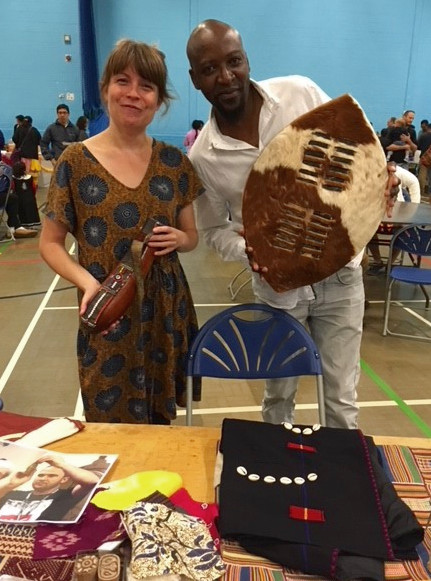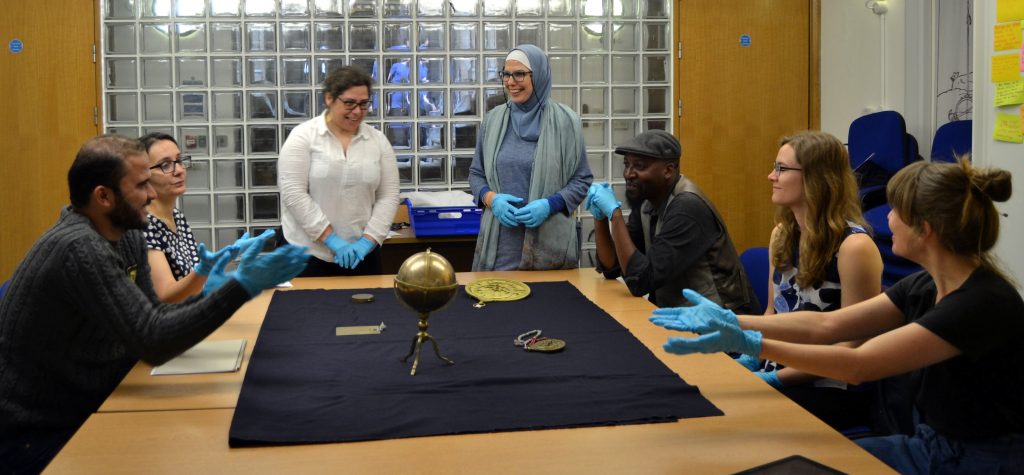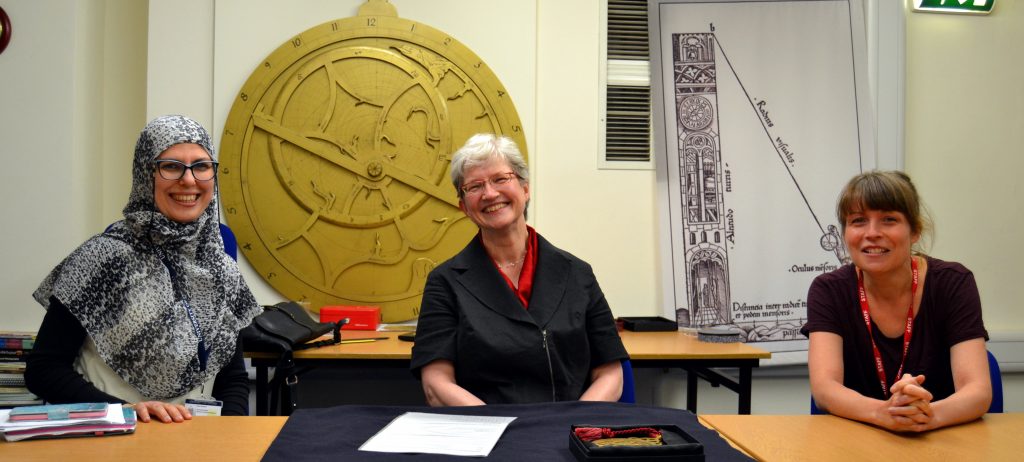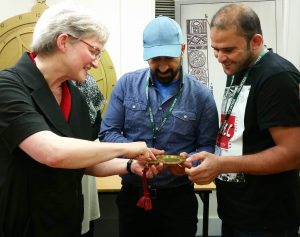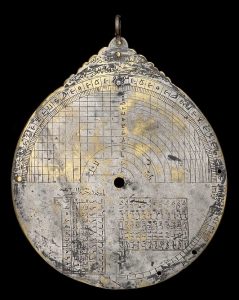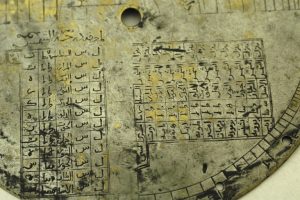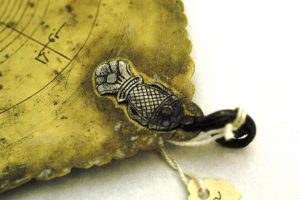The Museum and the City
The Multaka-Oxford team have had an amazing few months and the project is developing rapidly. In this post they talk about their work inside and outside of the Museum, and highlight some of their favourite objects.
**
In the Museum…
We have had some great sessions with volunteers over the last months. In May Silke Ackermann, the Museum’s Director, showed the team how an astrolabe worked and practised her Arabic. In June we took out some of the Museum’s objects for a handling session. The objects acted as a focus point for our discussions and we learnt a lot from each other.
“I am really happy to be involved – talking and learning about the collection. Getting to learn about these objects from Arabic speakers is amazing.”
“this is the first time I have sat at a table and talked with people from Syria and Iraq. I have enjoyed it today”
“I was really happy because I did some research about these astrolabes and it was great to share it with others today, I was really pleased to do this.”
And Out and About with Multaka-Oxford!
We have also been running activities elsewhere in the city. On Sunday 17 June we went to Oxford Mela 2018 in Blackbird Leys.
“It was a great opportunity to participate in Oxford Mela as a project volunteer. As Multaka-Oxford represents the interchange of diverse cultural and historical experiences through museums as a meeting point, participation is especially important because it helps us see the beauty in diversity and brings about more tolerance and acceptance.
It was my first experience with Multaka to share knowledge, display the Museum objects and give some details about these objects. I hope we did our best to address people in clear and simple language.”
Mohammed – project volunteer
Choosing Objects
On our Tumblr page we have shared objects that mean something to us. Rana Ibrahim, Museum History of Science Collections Officer for Multaka-Oxford, chose an astrolabe by Khalil Muhammad ibn Hasan `Ali:
“For the month of May 2018, I have chosen this small incredible astrolabe to celebrate the Islamic month of Ramadan, the ‘Month of God’. I admire this object very much and I consider it one of my favourites … One of the reasons that this object is my favourite is because of the Quranic inscription of ‘Ayat Al- Kursi’ (The Throne Verse) engraved on the brass, which is a very significant verse in the Quran.”
Read more about Rana’s choice in English and Arabic
Abdullah, one of our volunteers, chose the Museum’s astrolabe with a geared calendar by Muhammad b. Abi Bakr.
“I chose the oldest complete geared astrolabe as I want to find out about the history of Islam through it. I want to find answers to my questions, such as who made it, how was it made, what is for, and more. It is a very interesting museum.”
Read more about Abdullah’s choice
You can keep up to date with our news and see more objects on our Tumblr page, or by following the hashtag #multakaoxford on Twitter.
